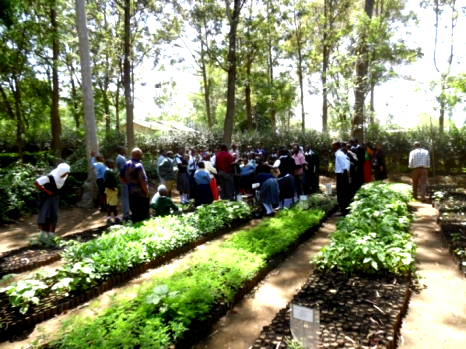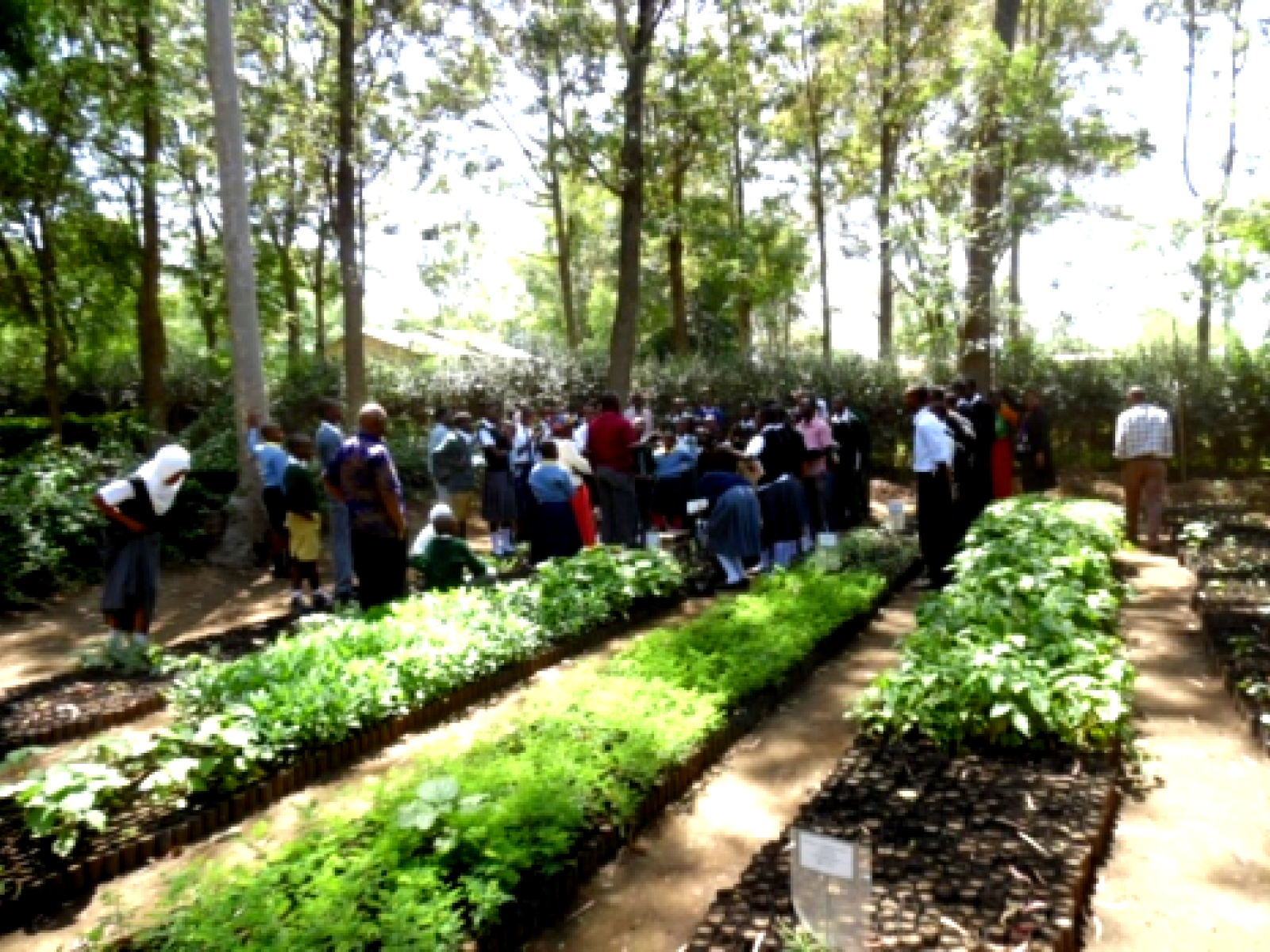An Overview Of Our Solution
- Population Impacted:
- Continent: Africa
Organization type
Population impacted
Size of agricultural area
Production quantity
People employed
Describe your solution
Describe your implementation
External connections
What is the environmental or ecological challenge you are targeting with your solution?
Describe the context in which you are operating
The 3 NGOs (RUCONET, RGEEPT, and ECHO) are working in Arumeru district about 12 kilometers west of Arusha, an area lying in the dry rain shadow of Mt. Meru (a volcano 4565 m). ECHO has an outreach of sustainable agricultural practices in the surrounding communities of the mountain since its inception five years ago. Most of the communities belong to the Waarusha people based on the slopes of Mt. Meru. Waarusha are agro-pastoralists (cultivating land and keeping livestock). Despite the hazards that large animal numbers pose to the environment there is a sustained trend of keeping large numbers of livestock which typically graze freely in the area. Various attempts have been made to reduce the numbers but this has not been sustainable due to their importance for milk and manure as well as being an asset base. Hence, continued support is needed to build capacities of the local communities to alleviate the livestock impacts on the environment. Training and support of conservation through practices such as soil-water conservation and the promotion of threatened indigenous trees planted on-farm can help provide opportunities for socio-economic security.
How did you impact natural resource use and greenhouse gas emissions?
Language(s)
Social/Community
Water
Food Security/Nutrition
Economic/Sustainable Development
Climate
Sustainability
The village initiatives are not grant-fund dependent; all use inputs available to the farmers including sale of trees and planting materials. The transformation is slow despite recognition by the community of need to address the increasing environmental degradation, diminishing human nutrition and growing poverty. Slowly a perception of a turn-around is viewed among the area residents. The 3 NGOs are committed to sustain this collaboration with the 8 villages, which in turn are committed to expanding the number of village farms with conservation measures. This requires continued accompaniment. A long-term view is advantageous to scale up the effort within the villages and to nearby villages.
Return on investment
Entrant Banner Image

